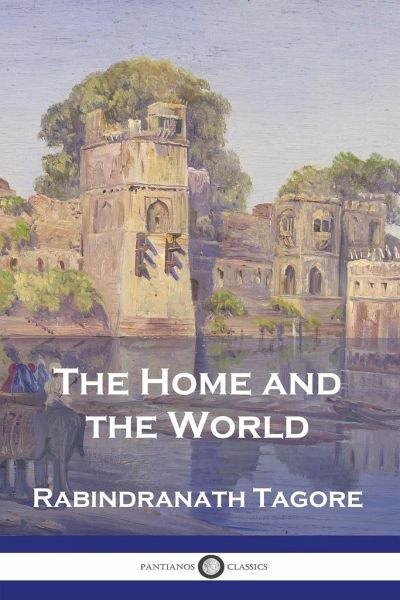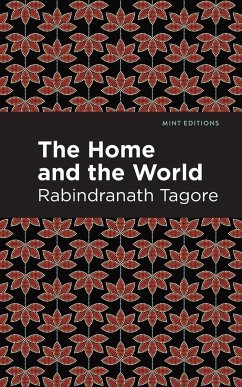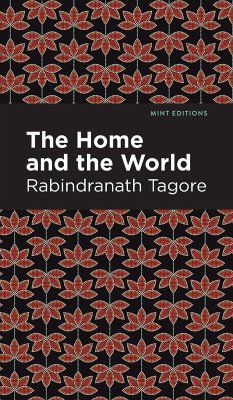
The Home and the World
Versandkostenfrei!
Versandfertig in 1-2 Wochen
13,99 €
inkl. MwSt.

PAYBACK Punkte
7 °P sammeln!
Rabindranath Tagore's classic novel tells a story of conflict between the incipient Western ideals and the forces of traditionalism in the Indian region of Bengal. In the early 20th century, India was under colonial rule with many of the Western customs native to the Britain introduced to the country. This cultural shift occurred over decades in provinces which had spent millennia developing and fostering an identity based around tradition and family togetherness. The protagonists of the story are deeply contrasting; Nikhil is gentle and urbane, and has humbled himself from his wealthy family ...
Rabindranath Tagore's classic novel tells a story of conflict between the incipient Western ideals and the forces of traditionalism in the Indian region of Bengal. In the early 20th century, India was under colonial rule with many of the Western customs native to the Britain introduced to the country. This cultural shift occurred over decades in provinces which had spent millennia developing and fostering an identity based around tradition and family togetherness. The protagonists of the story are deeply contrasting; Nikhil is gentle and urbane, and has humbled himself from his wealthy family by marrying a woman - Bimala - who is neither rich nor physically attractive. Sandip is volatile and capable of resorting to violence to achieve his goals - his vocal anti-imperialism resonates strongly with Bimala, to the point where a love triangle develops between the three. The Home and the World tells an intertwining narrative of the characters. For the purposes of reference, this edition's table of contents refers to both the individual chapters, and the narration's transitions between the three main characters. By depicting the social life of the three principle characters, Tagore skilfully demonstrates the changing political and social atmosphere in India. The empowerment of women is contrasted against the traditional Indian household, where the woman must be humble and defer to her husband. Other themes, such as the complex relationship of religion and nationalism, are also explored. The edition of Tagore's classic contains the classic 1919 translation to English by his nephew, Surendranath. Rabindranath personally oversaw the translation, being sure that none of the story's original poignancy was lost in the process.















